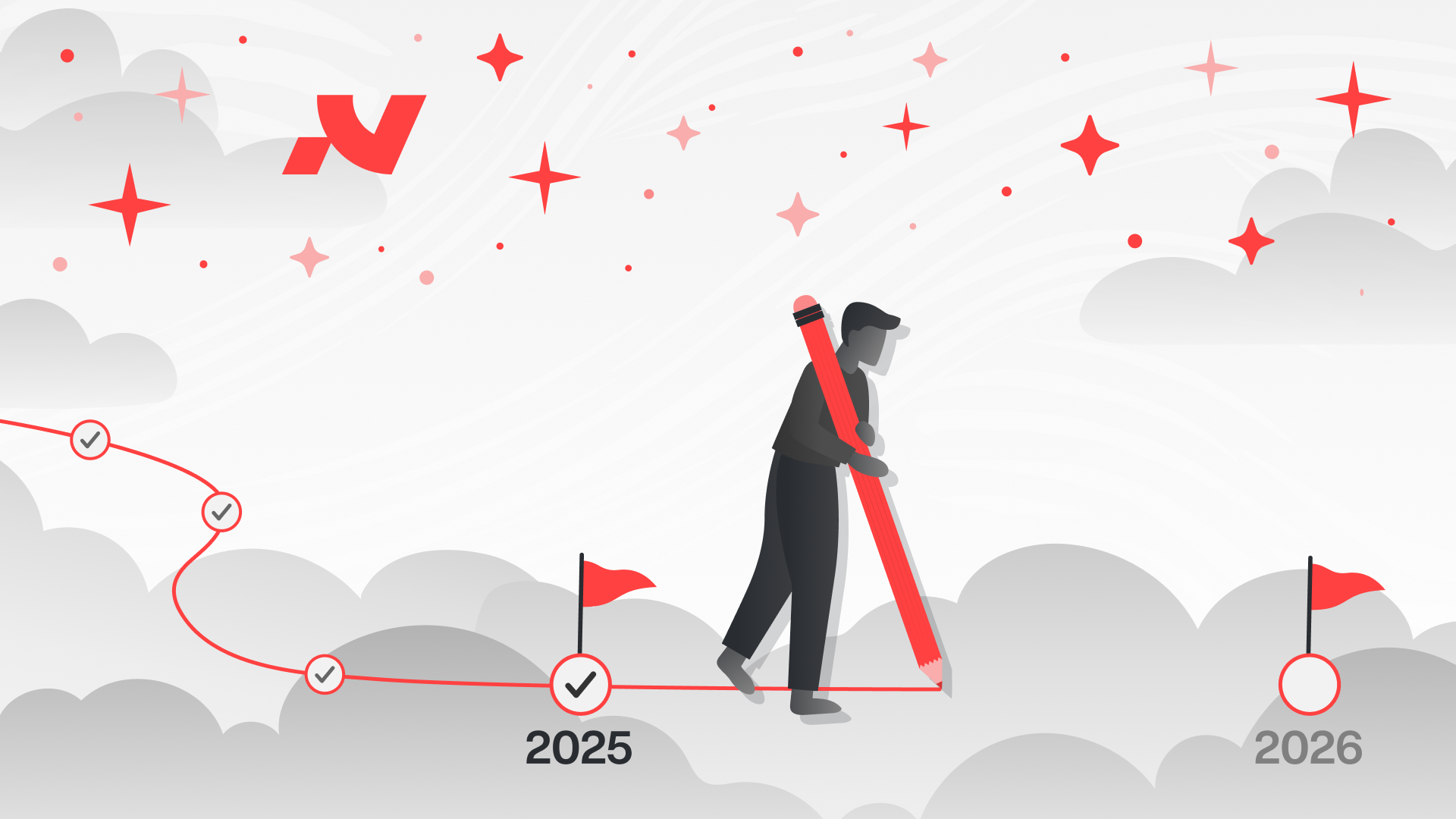The New Creative Stack
.avif)
Figma isn’t just adding features — it’s rewriting the rules.
So, You Still Think It’s Just a Design Tool?
Let’s set the record straight.
Figma isn’t trying to be a better design tool. It’s trying to become the creative OS for the internet — and by the looks of it, it's succeeding. The stuff they dropped at Config 2025? That wasn’t “nice to have” fluff. That was a shot across the bow of every major creative platform out there.
Adobe? Nervous.
Webflow? Shaking.
Framer? Probably already pivoting.
Agencies still pushing WordPress? My condolences.
A Breakdown of the New Arsenal
Here’s what just dropped:
Figma Make – Turn prompts into production-ready UI. No more messing around in Notion and whiteboards before you even get to wireframes. Just start typing. It’s ChatGPT meets product design.
Figma Sites – This is the one that changes everything. Visual-first website creation that actually respects design fidelity, live-editing, and is already integrating logic and CMS thinking. It's designed to replace the design-dev handoff entirely. That’s not an evolution. That’s a death sentence for bloated pipelines.
Figma Buzz – Automated marketing asset creation that doesn’t make you want to cry. Templates, consistency, and scale — all while staying on-brand.
Figma Draw – Custom vector work and illustrations, right inside the same workflow. Your team won’t need a separate tool for visual polish anymore.
Now combine all of this and you’ve got a single platform that handles:
- Strategy
- Design
- Prototyping
- Publishing
- Brand governance
- Marketing rollouts
Oh, and yeah, you can now build fully functional websites in it.
This is what industry disruption looks like.
The Industry Is at an Inflection Point
This isn’t just a new toolset — it’s an ecosystem shift. For years, the workflow has looked like: brief > design > development > launch. That cycle is being flattened. Not optimized — obliterated.
The number of platforms needed to ship something is shrinking. Design tools aren’t handing over to dev anymore. They’re replacing dev — or at least absorbing it into a tighter, smarter flow.
And the timing couldn't be better because AI is accelerating everything.
How AI Fits Into All This
Figma isn’t just shipping flashy UI features. They’re going deep on intelligent automation:
- Generate UI layouts from text prompts.
- Smart content generation for site sections.
- Context-aware suggestions while you work.
- AI agents in the pipeline that will soon design, test, write, and deploy with minimal human input.
And while everyone else is still figuring out what “agentic workflows” even means, Figma is already letting product teams co-design with AI.
You think it’s just speeding things up? Nah — it’s redefining the shape of the team itself.
You’re going to see:
- Teams of 3 replacing teams of 30.
- One product strategist running an MVP rollout using just Figma.
- Creatives doing full-stack work without writing a line of code.
We’re not just optimizing — we’re seeing the start of the one-person product studio era.
For Founders: Adapt or Fall Behind
If you’re building anything creative right now and still clinging to your five-tool Frankenstein stack, I have bad news:
You're already behind.
Figma’s not competing in design anymore — it’s competing in:
- Web platforms (Webflow, Framer)
- Marketing tech (Canva, Adobe Express)
- Front-end tooling (Vercel, Wix Studio)
- Maybe even headless CMS next?
The writing’s on the wall:
Vertical integration is coming to creativity.
And the winners will be the ones who:
- Think in systems, not silos.
- Move fast and build small.
- Build on these tools — not against them.
What This Means for Us (and You)
At Nexubis, we’ve already started adapting to this new reality. Design is no longer the “first step” — it’s the engine. Our teams are already treating Figma like it's both dev and delivery. The friction is dying. The pace is increasing.
If you're a founder, a builder, a creative director, or just someone trying to stay relevant:
Start learning these tools.
Rethink your workflows.
Restructure your teams.
Because this next wave of innovation?
It won’t come with a warning. It’s already here.


